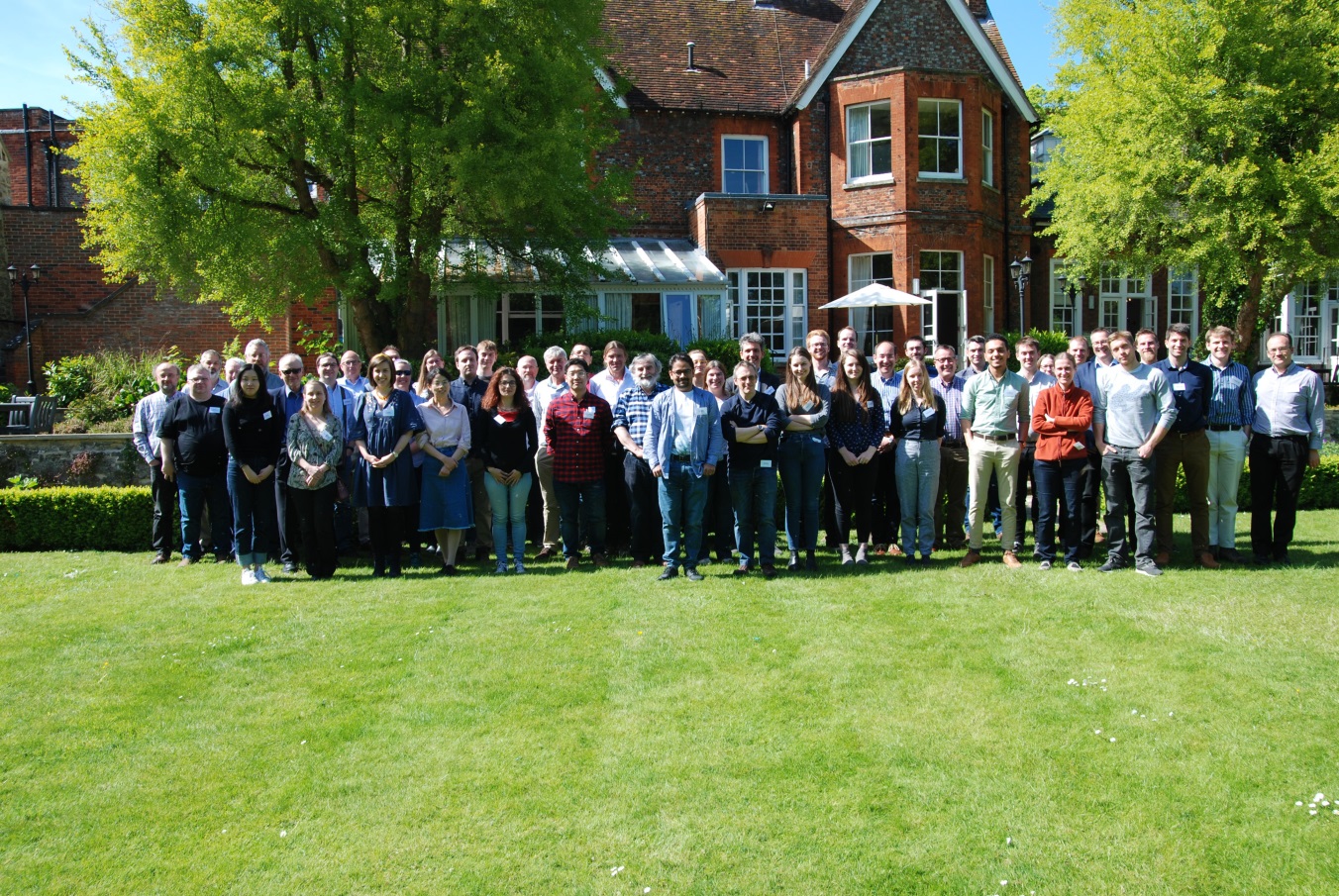The application of pressure can have a dramatic effect on the physical state of a material and its physical properties (for example, by compressing liquid water to a pressure ~22000 times that experienced on the surface of Earth, it will solidify have a melting point of around 100˚C). Therefore, studying the behaviour of materials at the extremes of pressure and temperature is of interest to both the academic and industrial community. Neutron scattering under these conditions is particularly challenging as there is an inherent need for large sample volumes, which brings difficulties in reaching the temperatures and pressures, required by the user community.
In the past ten years there have been significant technical developments which have extended the pressure and temperature range achievable, and have also increased the quality of data obtained from neutron scattering experiments. The aim of the meeting was to hear about the current status of the high-pressure user programme at ISIS, and at other international neutron facilities, and the science performed within them.
Technical talks were provided by instrument scientists from ISIS in the UK, SNS in the United States, ILL in France and ESS in Sweden (currently under construction), giving an overview of their current capabilities. A further ten science talks were provided by a cross-section of the user community and presented science from diverse areas such as the study of halogen bonding at extreme conditions, new phases of co-ordination frameworks, and formation of planetary ices.
On the first evening a lively poster session was held, where work presented by PhD students and postdocs was discussed. Highlights of the talks presented include a rapid exploration of the role that neutron diffraction plays in understanding geological processes below the Earth's crust by Andrew Thomson (UCL). Iain Oswald (University of Strathclyde) also presented a brief review of his work on small molecules, where he showed that varying the pressure transmitting media used in high-pressure experiments enabled the formation of new crystalline phases of molecular materials. Finally, the sixty delegates were given the opportunity to discuss what science they see possible with the developing technical capabilities, which are emerging for neutron scattering techniques at high pressure.
It is expected that the meeting will open up new and exciting areas of research at high pressure using neutron scattering techniques and develop further international collaborations within the user community.

